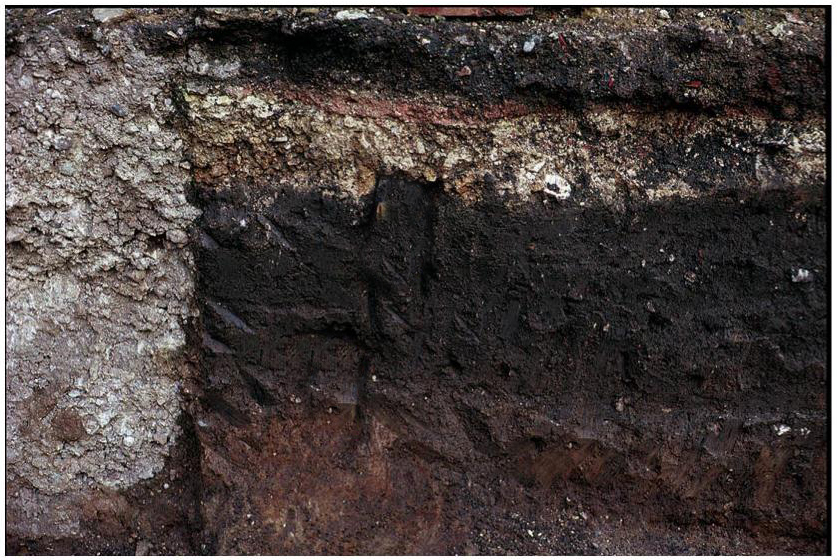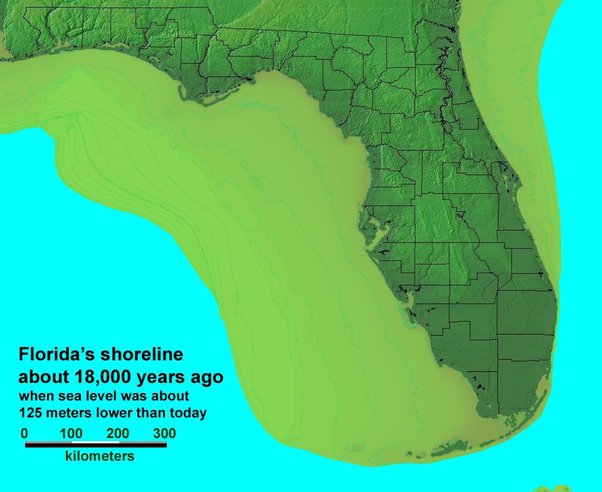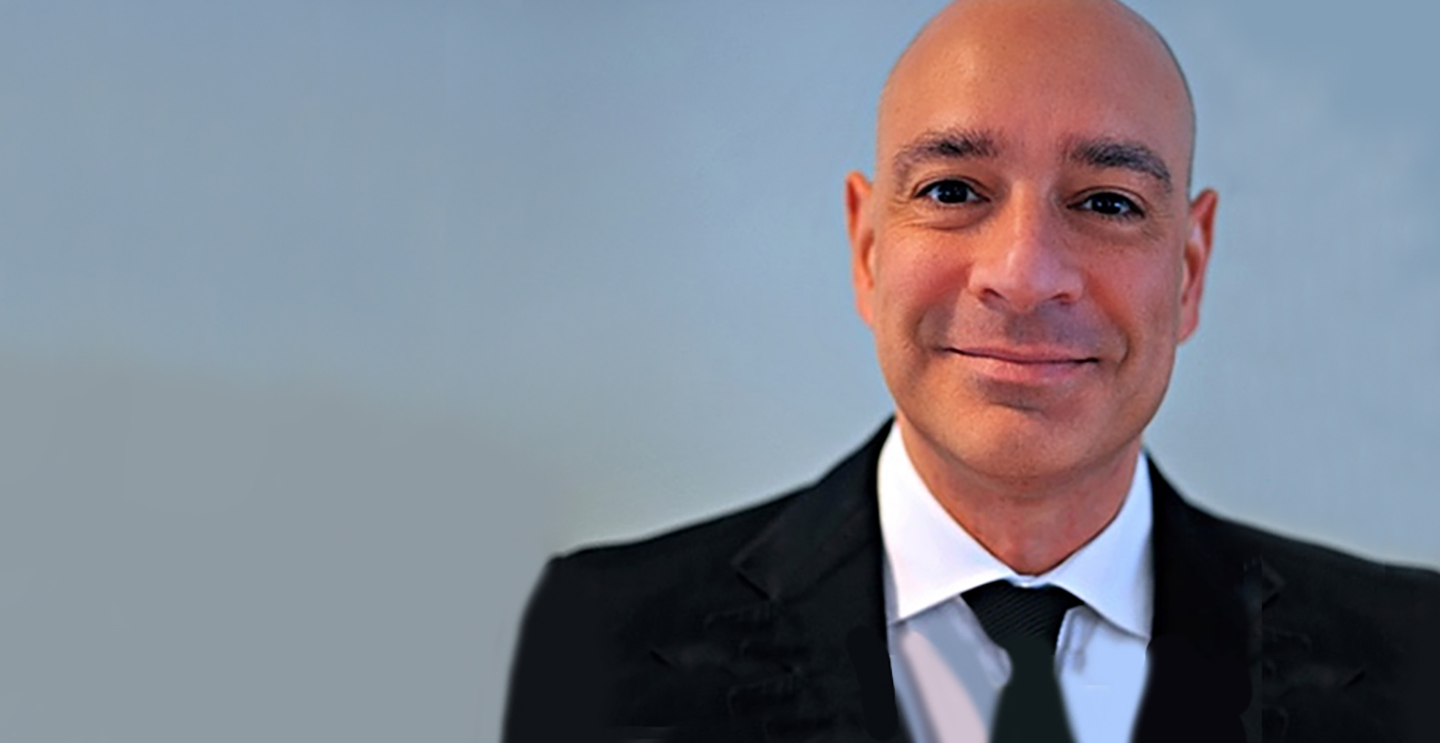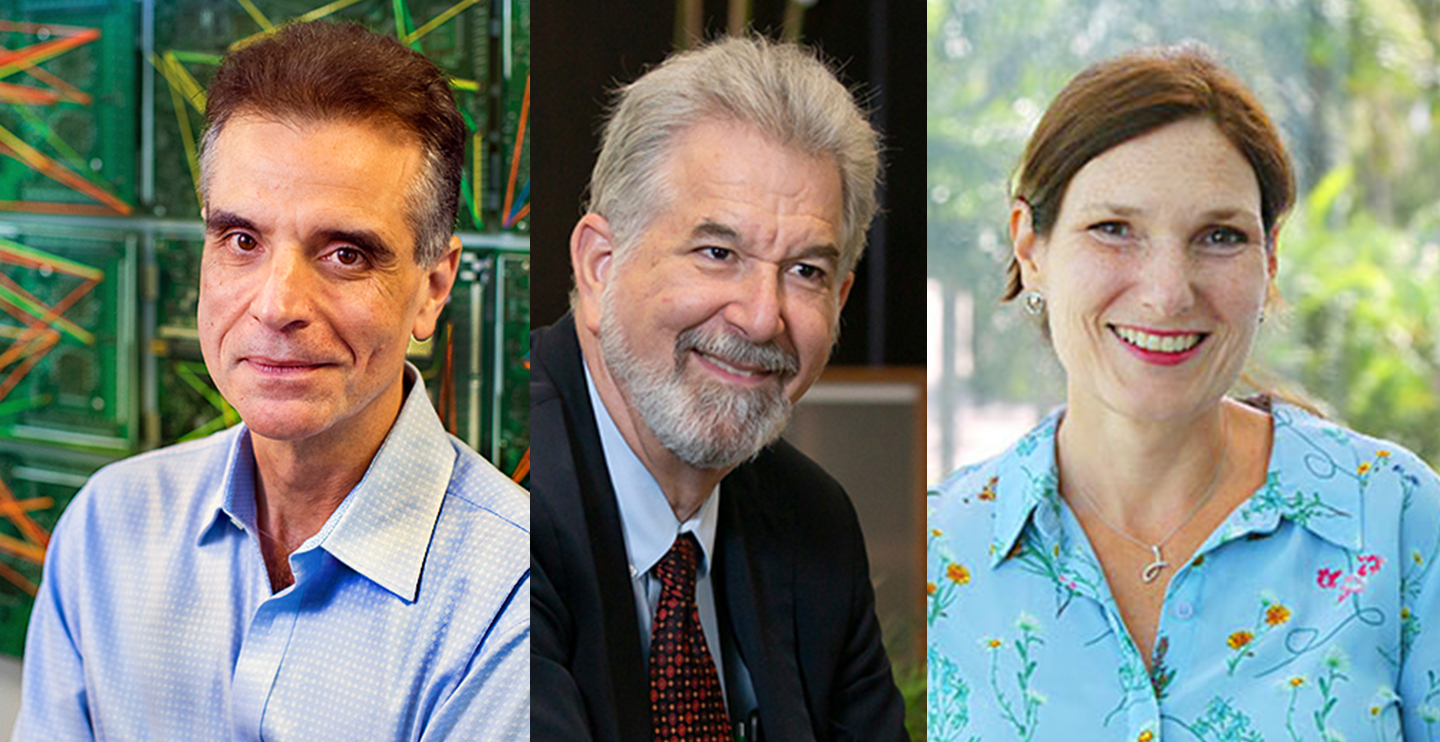Growing up in North Carolina, Sam Goldberg was constantly outdoors on family hikes, summer camping trips, and canoe rides through winding rivers. As he paddled through deep valleys or fidgeted with his camping gear, Goldberg always found himself asking the same question: how was this made?
“I always wanted to know how things worked, whether it’s circuits and electronics or, ‘How does this crater work? Or this river?’” he said.
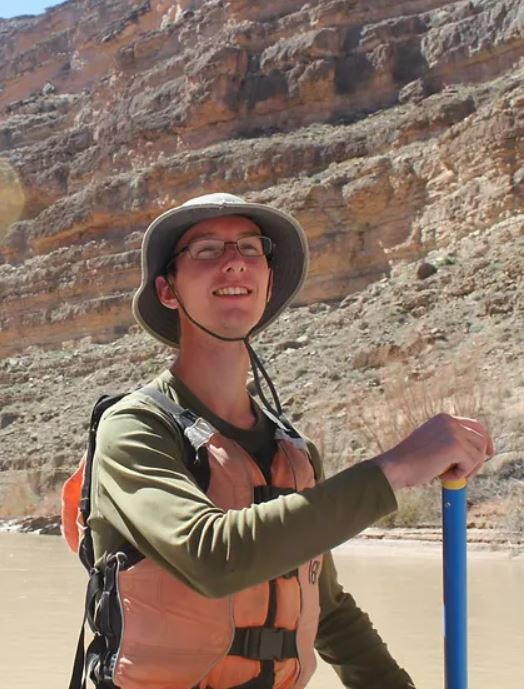
Ever since, Goldberg has made it his life’s mission to find out, and now he has the full power of the University of Miami to help. After spending the past year as an NSF Postdoctoral Fellow at the U, in January Goldberg became an Assistant Professor of Marine Geosciences, splitting his time between the Rosenstiel School of Marine, Atmospheric, and Earth Sciences and the Institute for Data Science & Computing (IDSC) as a joint appointment. That means he’ll teach classes at the Rosenstiel School while continuing his research on river systems with his new colleagues at IDSC.
While geology may not seem like a scientific field that uses the AI and machine learning techniques that form the core of IDSC’s work, Goldberg said that computing power is part of what lured him to UM. He had already spent years pushing the traditional, on-the-ground work of geology into the world of big data, and he hopes collaborating with geophysicists at the Rosenstiel School and computer science experts at IDSC will help him continue the technological transition of his field.
“I will have this whole community of people who are experts on the computer science side of things,” he said. “They can bring the cutting-edge techniques, I can bring the scientific questions about geology, and we can marry those together. By doing so, we can do a really good job answering all these big questions that you really need these techniques to be able to answer.”
“This is something that we’ve seen over the history of science: someone takes something from one discipline and starts to apply it in another discipline and something huge happens.”
Ben Kirtman, the deputy director of IDSC, said Goldberg’s embrace of emerging technologies is what made him the perfect fit for the job. At just 29 years old, Goldberg becomes one of the youngest professors in each department (at Rosenstiel and IDSC) and, according to Kirtman, this gives Sam the ideal profile to explore new research methods.
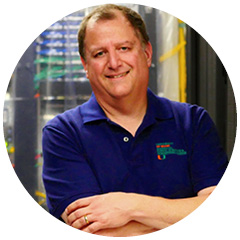 “This is something that we’ve seen over the history of science: someone takes something from one discipline and starts to apply it in another discipline and something huge happens,” Kirtman said. “What we think is going to happen is when Sam starts to work with people who are on the leading edge of AI and machine learning, Sam’s going to bring those techniques into his disciplinary science and that’s when we’re going to start to see some big breakthroughs.”
“This is something that we’ve seen over the history of science: someone takes something from one discipline and starts to apply it in another discipline and something huge happens,” Kirtman said. “What we think is going to happen is when Sam starts to work with people who are on the leading edge of AI and machine learning, Sam’s going to bring those techniques into his disciplinary science and that’s when we’re going to start to see some big breakthroughs.”
One topic Goldberg has explored through his research is dark earth deposits found along the banks of the Amazon River in Brazil. A group of archaeologists working there came upon the unique soil deposits atop steep cliffs that the river had carved into the earth over centuries. It became immediately clear that those rich soil deposits helped vegetation to thrive, even more so than in other corners of the lush rainforest.
While traditional archaeologists would methodically work their way from deposit to deposit along the river, Goldberg, who was a graduate student at MIT at the time, thought of a faster way to find more of them. He found an algorithm that could train computers to pore through hundreds of satellite images to identify the same kind of vegetation along the river and tweaked the algorithm using his basic understanding of computer programming.
He’s currently awaiting the archaeological team’s next trip to the Amazon to verify his findings. But he’s already looking ahead to advancing that novel use of satellite imagery elsewhere, including his new home in South Florida.
Goldberg said the region may seem flat and unremarkable to the untrained eye, but he sees a fascinating landscape formed by complex processes over millennia. He sees a region where the sea level has risen and fallen dramatically, swelling 25 feet above the current level during hotter periods in Earth’s history and dropping 400 feet below sea level during ice ages as glaciers farther north sucked up the region’s water.
“You could’ve walked out to Miami Beach and kept on going for a couple of miles before reaching the water,” he said.
He’s particularly interested in the Everglades. Goldberg is already envisioning a study to use computers to sort through millions of satellite images captured over the past four decades by Landsat, a program run by NASA and the U.S. Geological Survey. Doing so, Goldberg said, would help local leaders understand the changes humans are causing in the Everglades, which is a critical component of the region’s ecosystem and the main source of drinking water for the millions of residents living there.
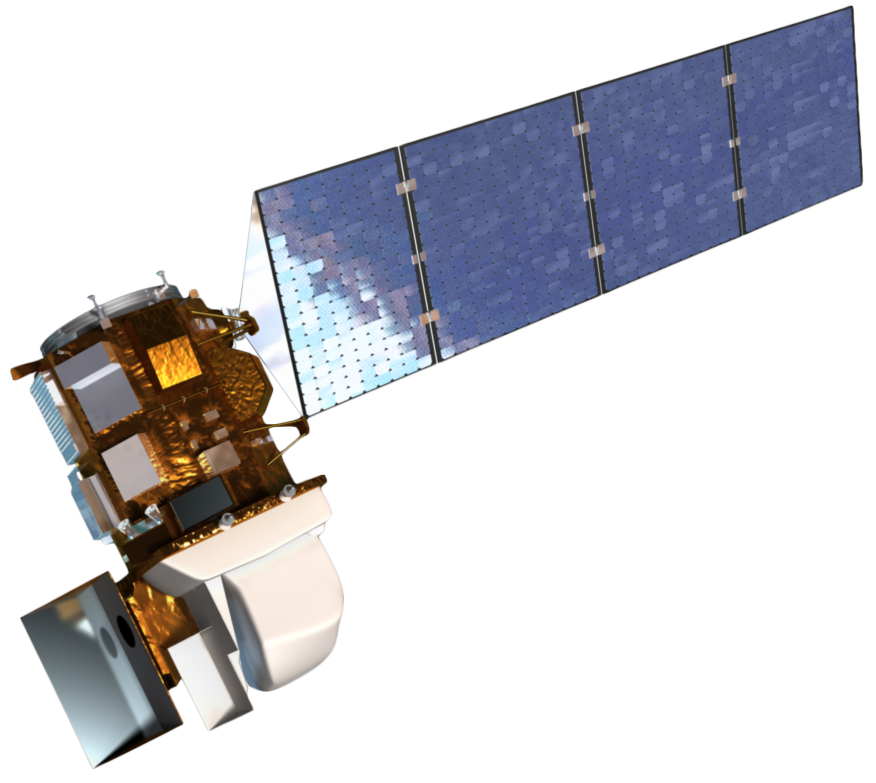 The Everglades also serves as the perfect place to take his students on field trips. Goldberg has always used natural landscapes as his classroom, taking his MIT students on trips to Yellowstone National Park to show them the result of large-scale geological processes in person.
The Everglades also serves as the perfect place to take his students on field trips. Goldberg has always used natural landscapes as his classroom, taking his MIT students on trips to Yellowstone National Park to show them the result of large-scale geological processes in person.
In his brief time in Miami, Sam has already helped officials at the Phillip & Patricia Frost Museum of Science develop a new exhibit chronicling the ice age history of Florida. And he’s hoping to continue educational outreach throughout South Florida in the hopes of giving budding scientists the same “aha” moment he experienced as a kid in North Carolina.
“Helping them figure out something cool about how the world works, watching it all click in their heads: that’s the best part of my job,” he said.

Pictured above: Sam with a group of MIT students at Yellowstone.
Tags: AI, Amazon River, and Earth Sciences, Atmospheric, Brazil, Dark Earth Deposits, Frost Museum of Science, Geology, Ice Age History, Landsat, Machine Learning, Marine Geosciences, MIT, NASA, Phillip & Patricia Frost Museum of Science, River Systesm, Rosenstiel School of Marine, Sam Goldberg, Sea-Level Rise, U.S. Geological Survey

